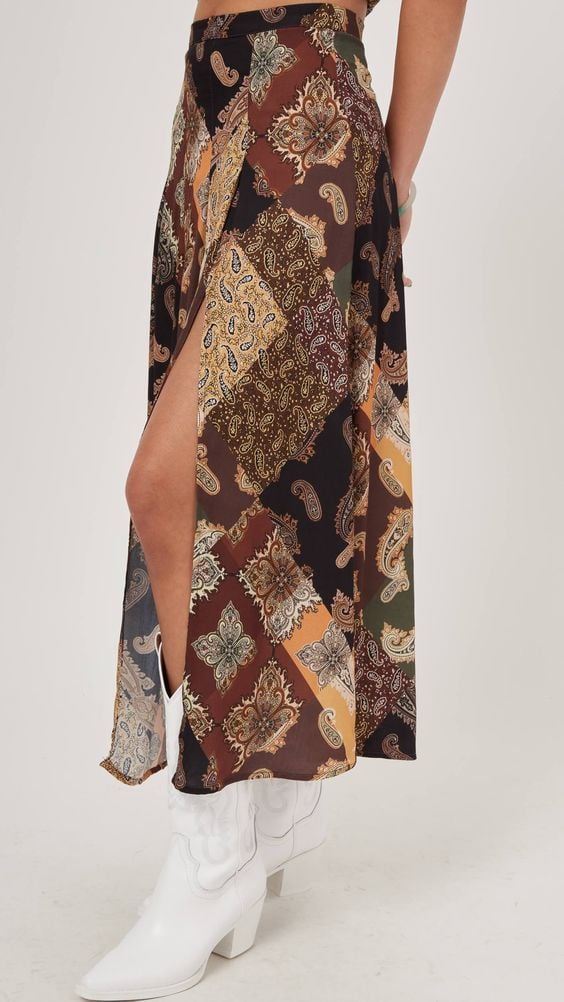
How the paisley pattern has accompanied fashion for over 2,000 years?
This publication is also available in: Français
English (UK)
Deutsch
Italiano
Español
Often referred to as the cashmere pattern, the paisley pattern, as it is also known, has followed fashion trends for decades. Initially a sign of nobility and elegance, then an emblem of the psychedelic looks of the hippie years, and now present on sneakers, this pattern proves to be timeless. Having traveled from one end of the world to the other, from the villagers of the cashmere region to the gangs of America, let’s explore the rich history of one of the most popular patterns in ready-to-wear fashion!
How did the paisley pattern spread across the globe?
Researchers place the birth of the paisley pattern in the Sassanian Empire, a Persian dynasty that existed from 224 to 651 AD. Created over 2000 years ago, it is believed that the pattern originated on the Indo-Pakistani and Iranian border, near the cashmere region.
The transmission of the pattern in Asia
Initially religious in nature, the pattern was present on royal shawls during the 16th century. After the fall of this empire, the pattern moved away from religious connotations to adorn stone carvings, carpets, and curtains.
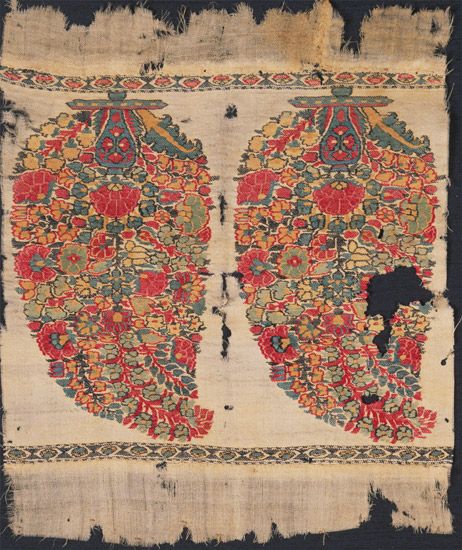
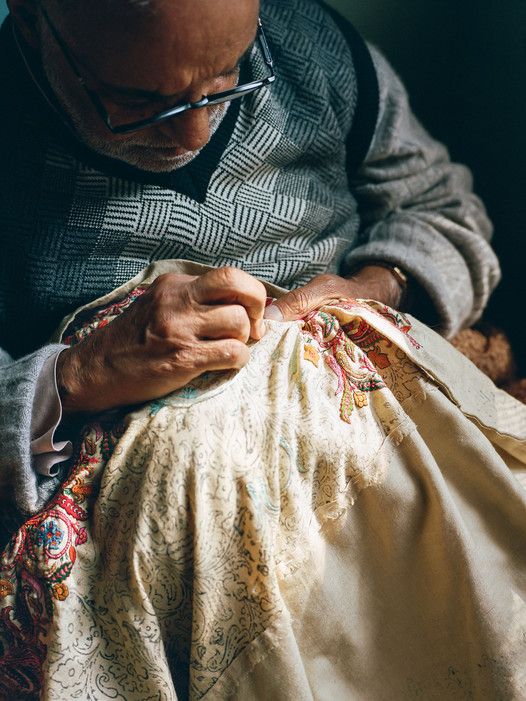
Thanks to the Silk Road, the pattern spread to Asia. Weavers gradually adapted it to their own culture, creating pashminas decorated with the pattern using the hair of Tibetan goats. It was truly incorporated into clothing in the 17th century, mainly appearing on shawls, with increasingly elaborate designs featuring the pattern.
The journey of the pattern westward
The 17th century marked the beginning of the exportation of the pattern, with shawls gifted by cashmere princes to European officers. Another highlight occurred thanks to Napoleon’s wife, who began to incorporate the pattern into her outfits.
By the late 1700s, the East India Company brought back samples of the pattern it had discovered. Faced with success, manufacturers found ways to create similar fabrics. However, production quickly proved insufficient to meet the demand for pashminas across Europe.
The launch of manufacturing in Europe
With the Napoleonic wars in the 18th century restricting trade, silk workers found themselves unemployed.
This led to the idea of launching a factory in Edinburgh in 1850. By hiring workers and adapting Jacquard looms, fabrics adorned with the Boteh pattern were created in the Paisley factory, thus giving its name to the pattern. This factory became the most important and exported its pieces throughout Europe.
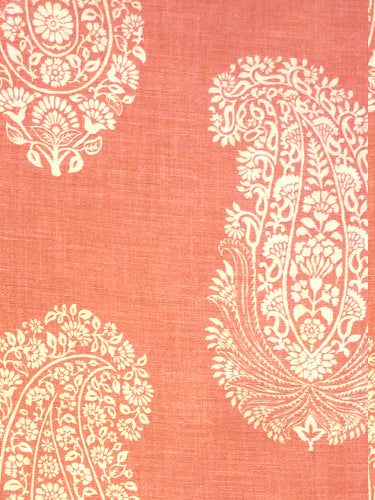
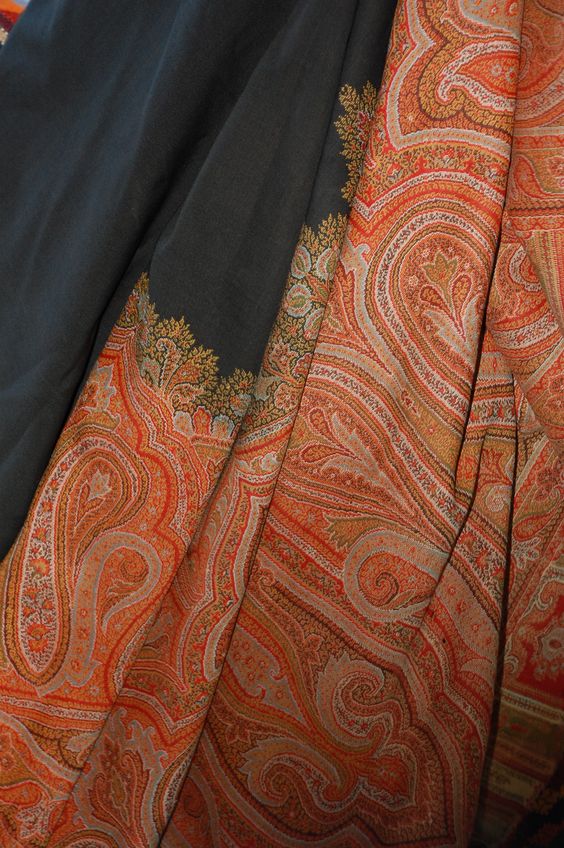
At the same time, the pattern being so appreciated and sought after, patents had to be filed, notably by the British government, to protect and preserve its manufacturing.
From royalty to the Beatles: how has the paisley pattern evolved in fashion?
Initially present in Persian culture, the paisley pattern adorned royal garments and crowns. The local population then appropriated the pattern, with men initially wearing it in pashmina as a belt or on turbans. Later, it appeared on their ceremonial shawls starting from the 17th century. Women, appreciating the elegance of the pattern, also incorporated it into their wardrobes over time.
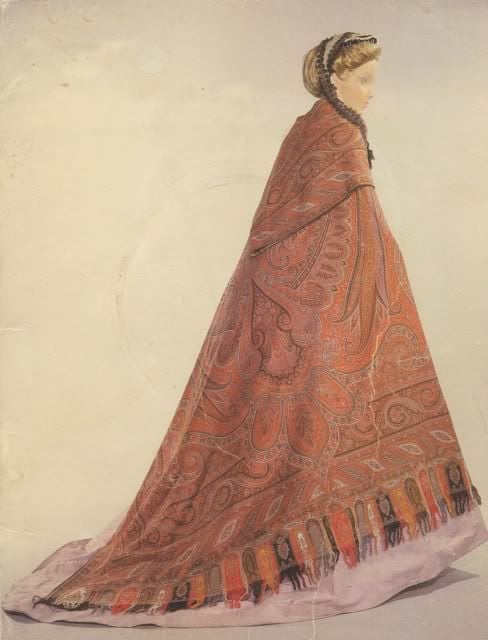
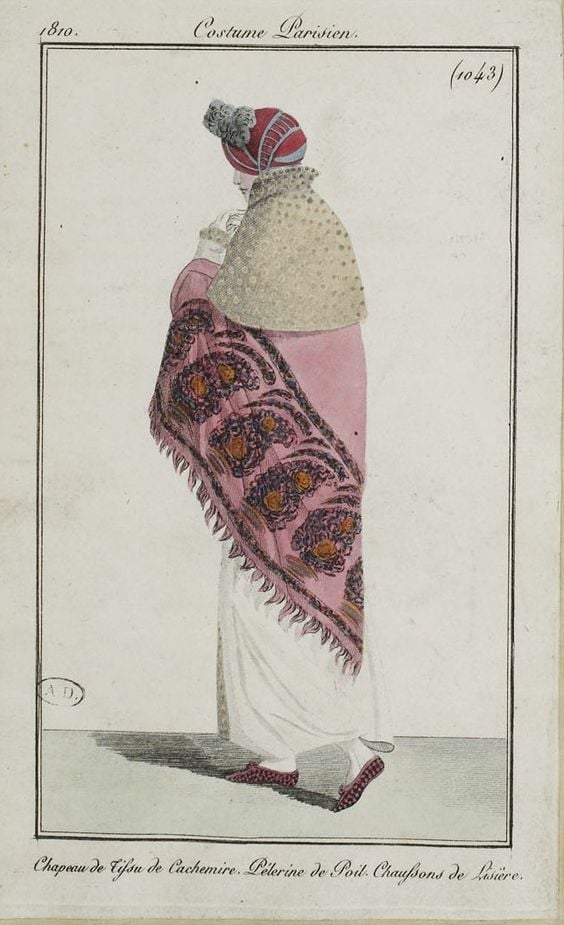
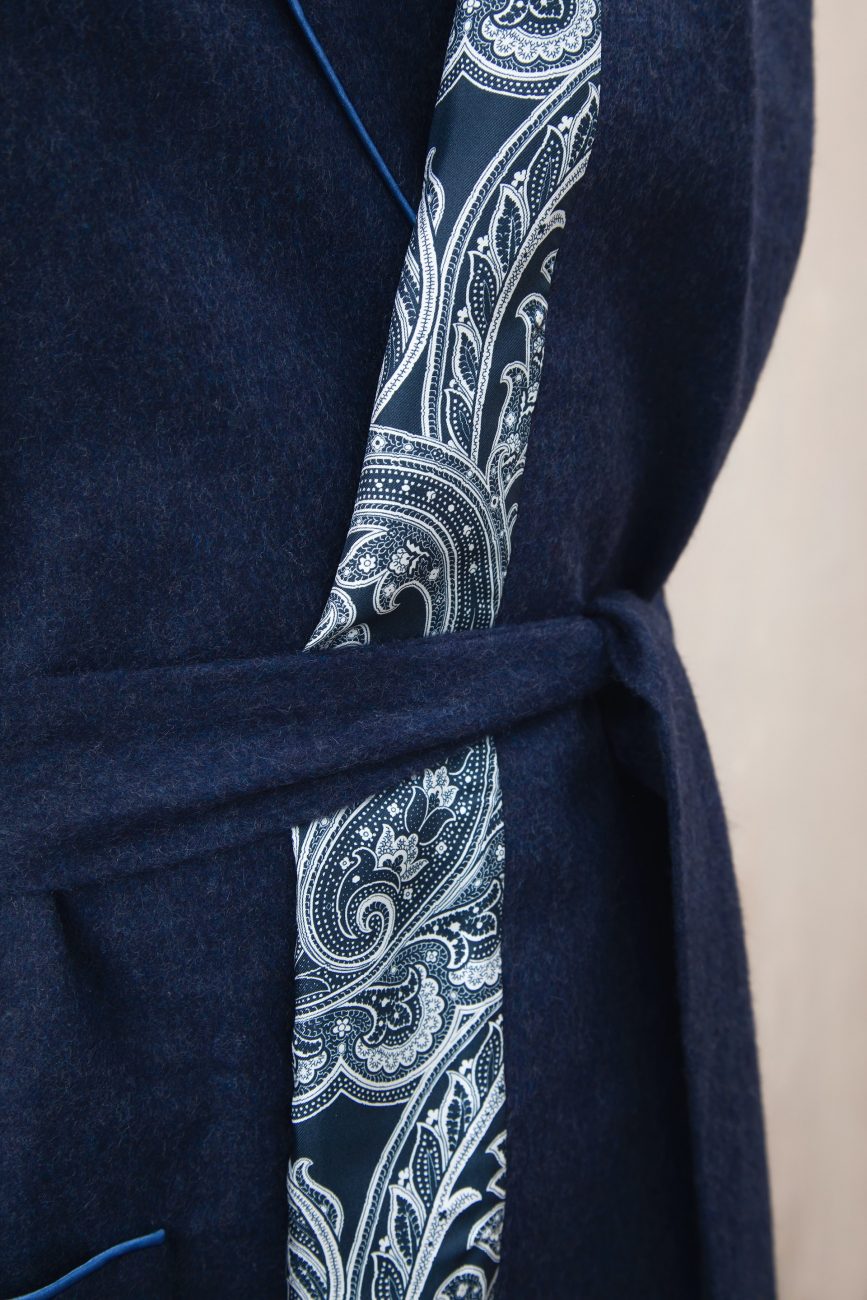
The paisley pattern gained popularity during the Victorian era when shawls and scarves became highly coveted, becoming essential pieces of women’s wardrobes. The pattern embodied elegance across Europe and was also worn as ties and pocket squares for men. A true British masculine elegance symbol emerged in the 20th century around the men’s bathrobe, adorned with the paisley pattern.
The pattern evolved over time to adapt to the countries that manufactured it upon its export in the 17th century. Islamic countries designed more geometric versions, while Europe approached it with a more rococo style.
The return of the psychedelic paisley pattern
The hippie period of the 1960s played a significant role in the resurgence of the paisley pattern, which had become discreet since the end of the Victorian era.
Dubbed the swinging sixties, peaking with the Summer of Love in 1967, the 1960s are recognizable for their numerous influences and counterculture movements, notably with their psychedelic aesthetic. Bohemian fashion tastes, with multiple colors and designs, found joy in the use of the paisley pattern and its nature and travel-inspired details.
The music world, and notably The Beatles, who were greatly influenced by India during part of their history, especially with their stay in an ashram, contributed to the revival of the pattern. This was exemplified by John Lennon covering his Rolls-Royce with the famous cashmere pattern.
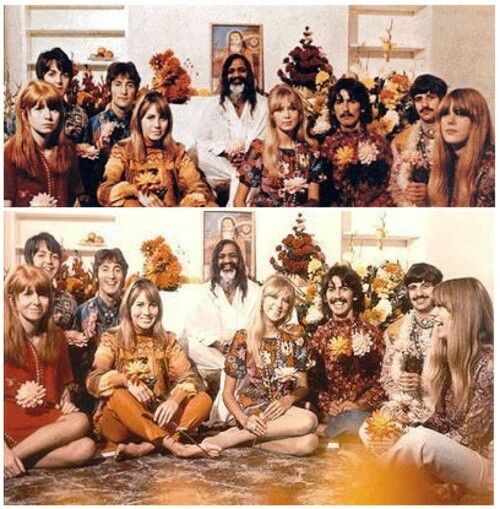
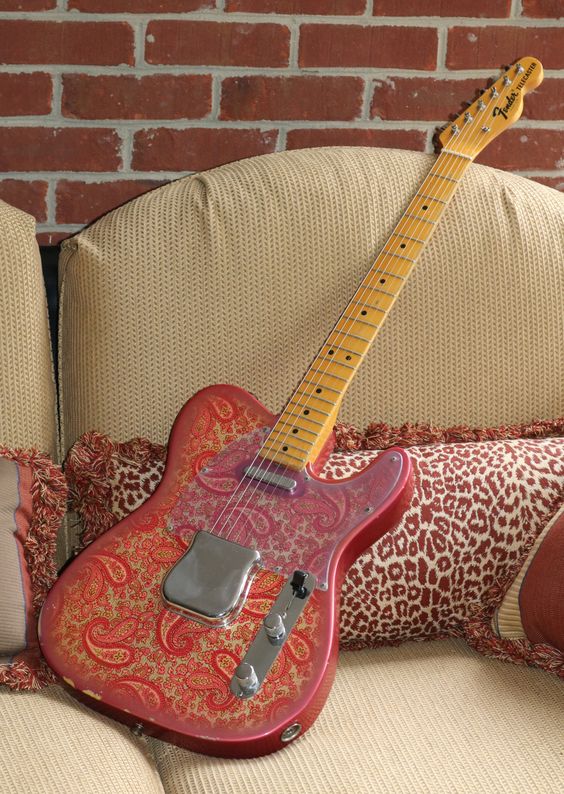
Iconic brands, like Fender, also reintroduced the paisley pattern by covering their Telecaster guitar with wallpaper featuring the design. Prince created, following his song Paisley Park, the Paisley Park Records label and the Paisley Park studios.
The paisley bandana, a symbol of community
In the 1970s, the paisley pattern played an important role in the gay community, particularly through bandanas displaying the motif. In San Francisco, and later in other cities, colored bandanas were used to indicate sexual orientation by being worn in the back pocket of jeans. Known as the “hanky code” or “bandana code“, the placement and color of the bandana conveyed information about individual preferences. This code subsequently extended to the heterosexual community and continues to be used.

The paisley bandana also played a significant role in gang wars in America. Used to show group affiliation, it was introduced by the Crips in the 1970s, with the blue color to identify themselves. Later, it was the Bloods who wore a red paisley bandana to oppose them.
Paisley bandanas in tan or blue also found their place among Boy Scouts to attach them to their troop.
Before being used as a sign of community attachment, the paisley bandana was notably used by cowboys to protect themselves from dust.
How does the paisley pattern assert itself in the 2000s?
Devoid of any meaning, the pattern now enters our wardrobes through varied pieces. Initially introduced as touches of elegance on suits or ties, we now find it even in much more street looks. Like the recent Nike SB Dunk Low paisley sneakers, which feature the cashmere pattern to adorn its logo.

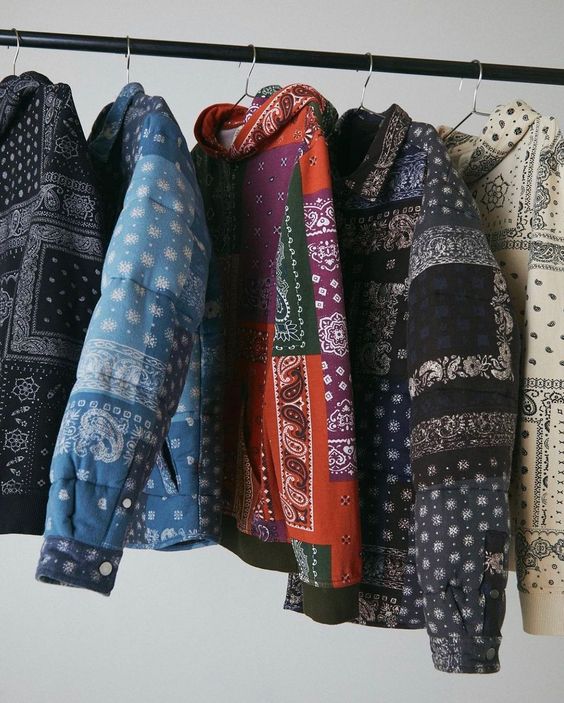
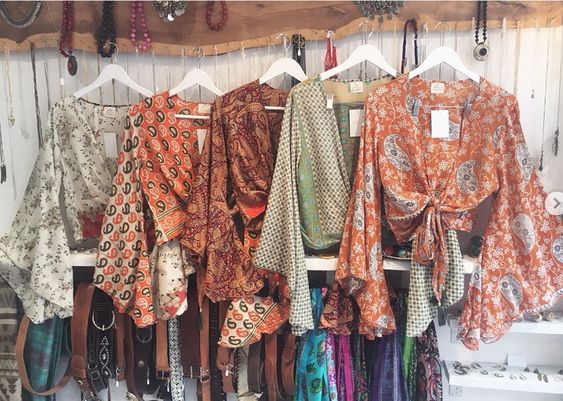
Sweatshirts, sneakers, casual shirts, or even a paisley bucket hat… The pattern is now worn on all occasions, and brands are thus making it transcend eras with a timeless quality.
What is the meaning of paisley?
The meaning of the paisley pattern has somewhat faded over the years and exports. Today worn for its aesthetic, the pattern, however, had a real significance in its beginnings.
Its first name, “Boteh Jegheh” or “Boteh”, translates from Persian as “bouquet of flowers”. According to this view, it refers to the flower bearing this name in Asia and thus symbolizes romance and love. According to researchers, this symbol could be the ancient Zoroastrian symbol, the confession of the Sassanian dynasty where the paisley pattern originated.
For others, the pattern represents a mango seed, symbolizing prosperity, to the point of becoming a protection against evil according to Indian beliefs. There are also interpretations of a cypress leaf, representing longevity and eternal life, and a palm tree, which brings abundance.
Seen also as a drop of water, some perceive it as Buddha’s tear.
Why is cashmere so appealing?
Originally, cashmere shawls are woven with wool from goats found in the mountains of Tibet. Their soft and silky fibers provide very comfortable and pleasant pieces to wear. This is why cashmere is often considered as gold. Unfortunately, with the popularity of the paisley pattern and the export of its design worldwide, the quality of the pieces has declined. Notably, with compositions made from blends of wool and silk, allowing for lower costs in both manufacturing and sales. Discover our complete guide to choosing your piece or cashmere sweater and wrap yourself in its softness with style!

One of the other highly appreciated points of Indian shawls is the variety of colors they offer. The shades are very varied and provide beautiful results. The pattern can adapt to very different styles and cultures, allowing it to be highly appreciated worldwide.



